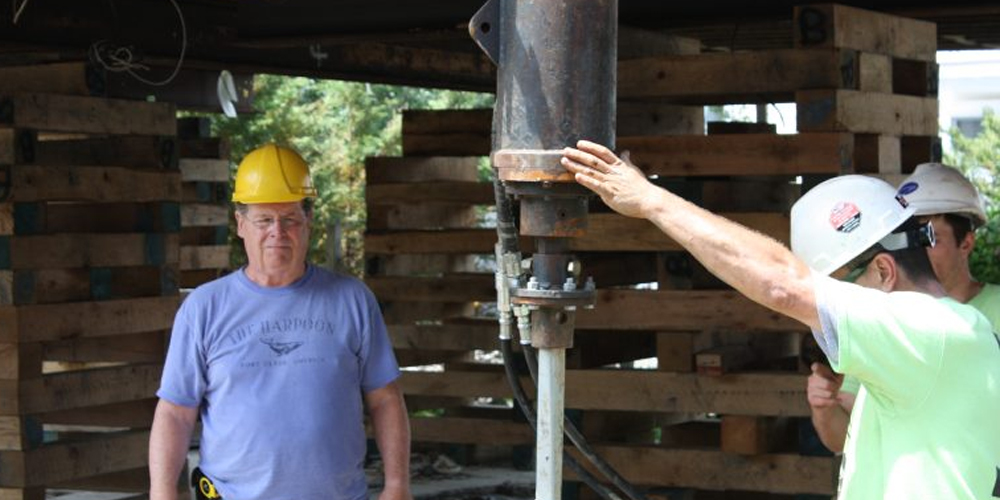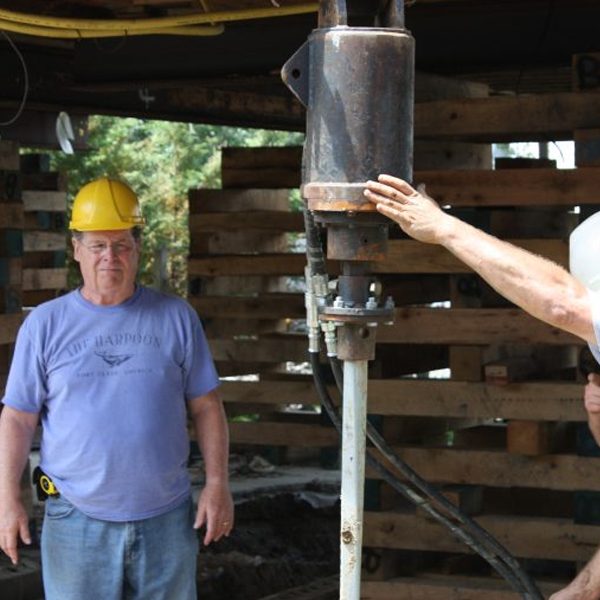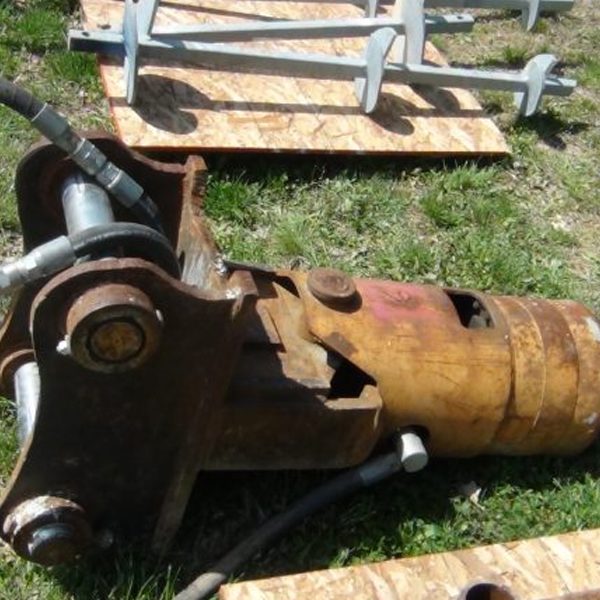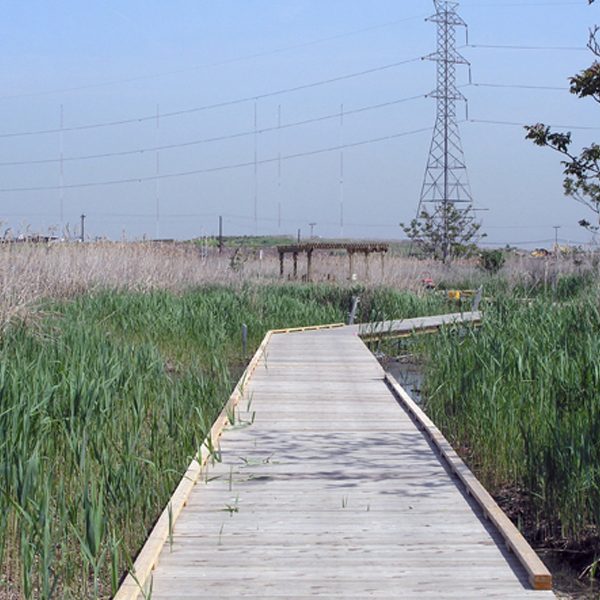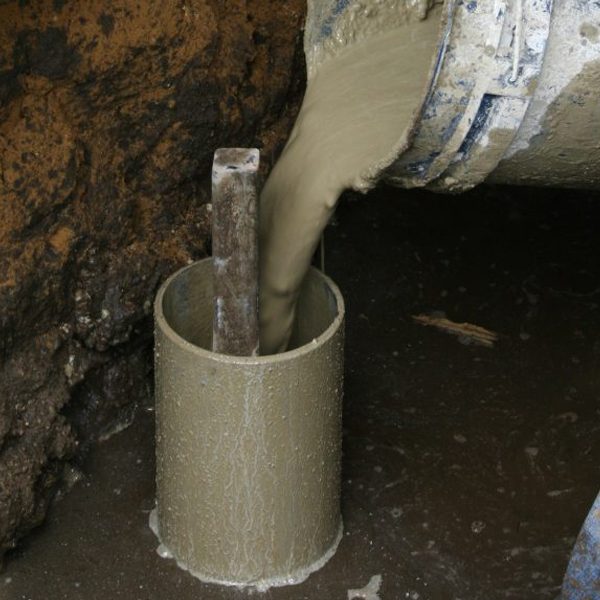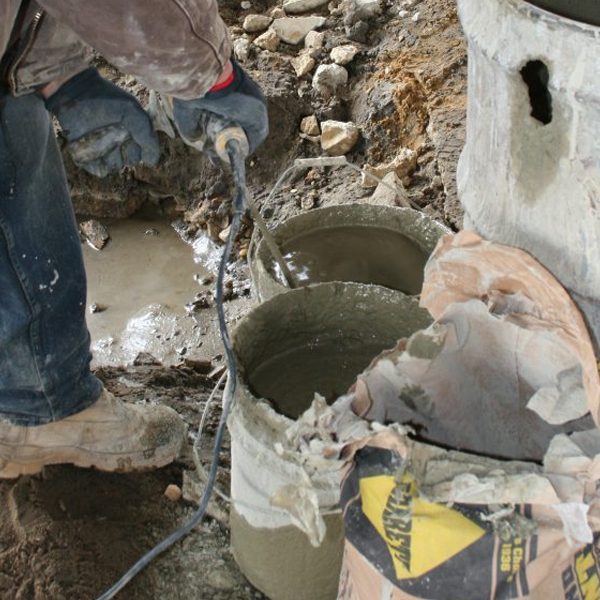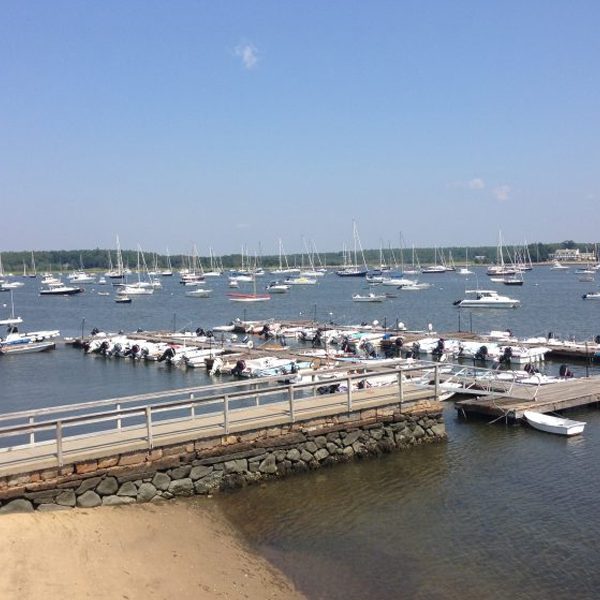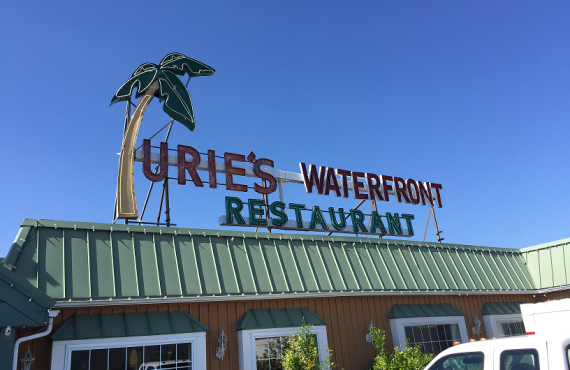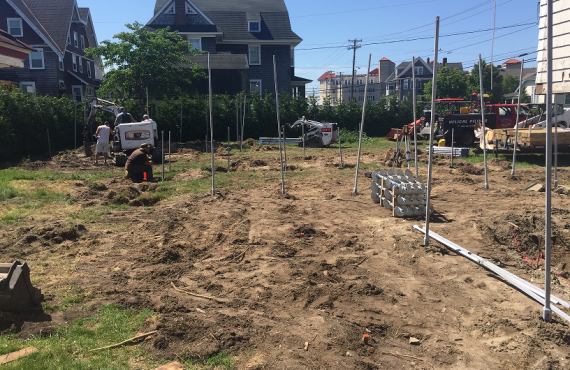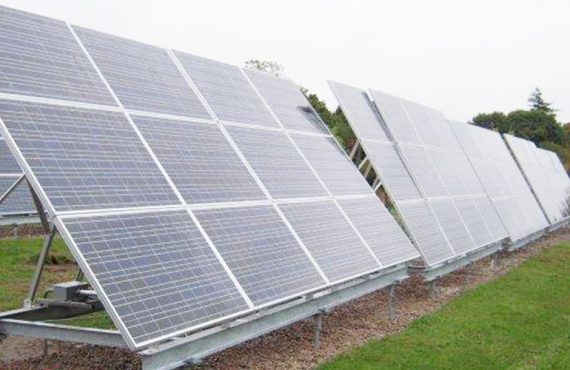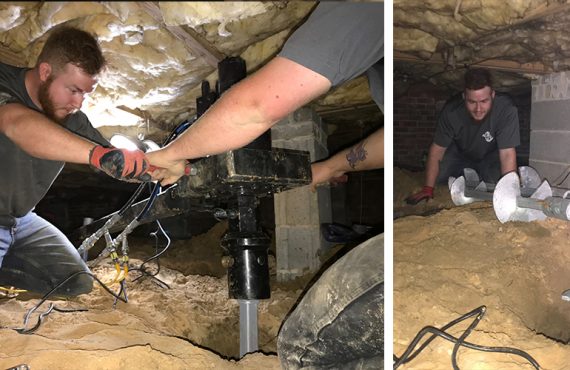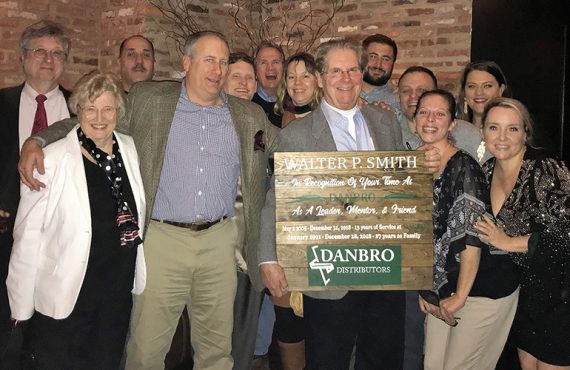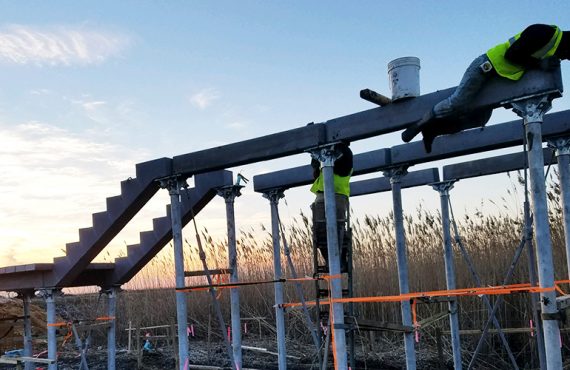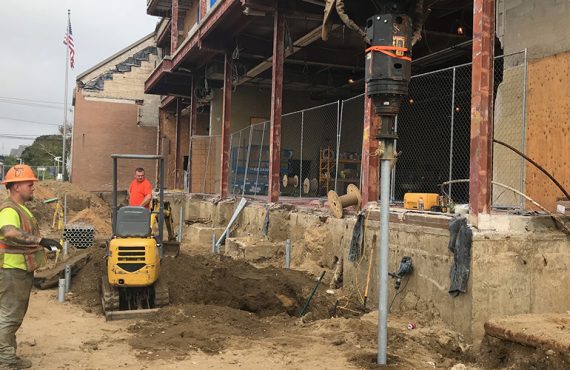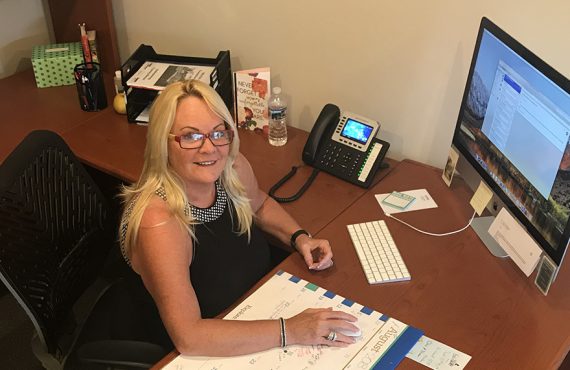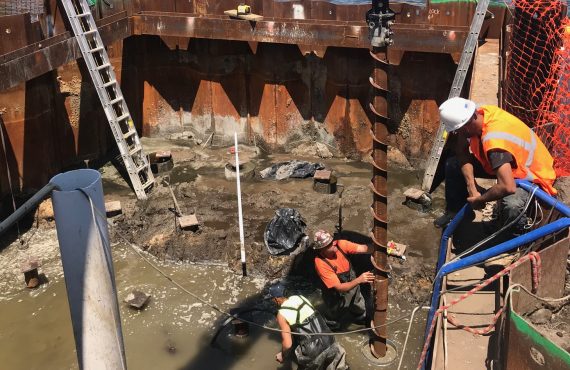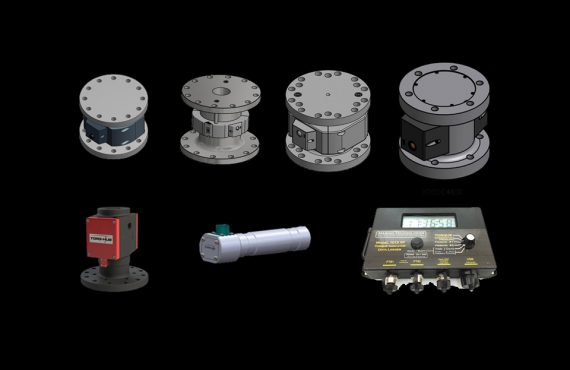The Best Laid Plans of Men, Mice and Machinery
By: Walter Smith
***This blog was originally featured as a three-part series and has been re-posted in honor of Walter P. Smith’s retirement from Danbro Distributors
I have assisted on many helical pier installation jobs for more than 24 years, first, as a representative for Danbro. This includes many helical pier installers’ first day on the job. During this time, the weather has varied from 10 degrees with snow and 30-mile-per-hour winds to 98 degrees and sunny.
To help, Danbro has created a list of small tools to assist our certified contractors in their pre-job preparation. We also assist our contractors in choosing the drive heads and tooling to match up to the hydraulic flow and pressure of their installation machine. No one wants to go out on their first job and find out they are missing an item or they misunderstood the instructions they were given. I thought it would be fun to share some of my experiences. Some of these jobs are from 23 years ago; some are from this year.
Early in my career, I was on a job where a hydraulic hose started to leak. We had an experienced mechanic and two workers trying to tighten the fitting. The mechanic told one of the helpers to move his hand so he could see where to tighten the fitting. The guy removed his hand and we were all instantly soaked with hydraulic oil.
Lesson learned – do not wear your good clothes to a job site.You never know what will happen. As with all set backs, it was overcome – we tightened the fittings and the piers were installed. But my wife never did get the oil out of my pants or shirt.
One year in the heart of winter, the temperature was very low and the wind was blowing at 30 miles per hour. I received a call from a customer that had to perform a load test on a helical pier so that a large job could move forward. His crew had already run one load test that did not pass.
In spite of the conditions, I said OK. I was on the site the next morning and it was cold. The crew did not seem very friendly at the start of the day. After spending an hour and a half setting up the load test again, the crew let me know that they viewed my arrival with mixed emotions.
Their boss had given them a rough time for having to get help from the manufacturer’s representative to get the test to pass. On the other hand, it was cold and winy onsite and they did not want to be out there either. The test set up went well, and by 2 p.m. the load test had successfully passed. An hour long, steaming hot shower was the perfect and only way to end that day.
Overcoming Naysayers
In New England, we came up with the idea of using the helical anchors for boat moorings because they have major advantages over the older, less secure methods. They have much higher capacity, and you could shorten the scope of the rope tethering the boat to the anchor and add more boats to the harbor.
Of course, with any new product, everyone wants to see the proof. We installed an anchor off of the back of a 25-foot boat with a handheld installing unit. So there we are, two of us hanging off of the back of a boat with no good way to provide resistance to the rotation pressure. The boat started to swing and move away from the anchor causing one helper to get stranded holding on to the anchor. The installing motor was still going and the guy got wrapped under the chain, pinned to the anchor shaft.
Thankfully, no one was hurt. We eventually got the worker free and had a big laugh. We had lined up a barge with a winch to come out and attempt to pull the anchor out as a demonstration for the harbor master. When the barge arrived it was easy to tell that the barge operator did not think much of our puny helical anchor.
He attached his winch line to our anchor and pulled until the barge started to pull down into the water. The barge operator was not happy. He pulled further until the back end of the barge was up on a 45 degree angle, about ready to capsize. He was determined to pull it out, but the helical anchor never moved. The harbor master was convinced and we got the order to install our anchors.
Outside of Albany, New York, there was another bad case of the naysayer blues. We were installing helical piers in place of very short 6-foot by 6-foot wood piers that were pushing out of the ground due to frost heave. In a prejob meeting, I showed the walkway owner that the walkway itself was structurally sound and that he only had to replace the wooden piers.
Others, however, thought that the helical piers would not work or that they would take too long to install. Despite the opposition, we devised a process to do the work and received the order for the piers and brackets. I went to the job on the first day of installation and the hydraulic drive head had been broken during shipping. Day one was a washout, and the naysayers had a field day. But Danbro shipped another drive head to the job immediately and we were back in business the next day. Despite the setback, the walkway owner was able to install 85 piers over the course of four days. The piers were installed on time, and have performed very well.
Great Grout!
We all have our own descriptions for many of the products used in helical pier installations. In New Jersey, Long Island, and Connecticut, the grouting of helical piles under lifted homes to avoid the next storm has become a standard part of many pier installations.
I explained over the phone to an installer about to start his first grouted job that he would need cement and water on the job to mix into grout. The first morning, I arrived on the job and saw that the bags were not cement but instead a concrete mix, which is a combination of cement, sand and aggregate.
So I explained why the concrete mix was not a good idea: the aggregate can bridge as it’s being pulled down, which causes holidays or holes in the concrete. So, they loaded up the bags, and returned with mortar mix. Unfortunately, mortar mix can have a similar effect as concrete mix.
We were down to our last strike when the bags of cement arrived on the job. After that, the job progressed very well, with the one exception of the sides of the wooden reservoir splitting when they were filled with grout on the first pier. Of course, they overcame that problem too.
One last thought; Every time you start a new job there are many challenges, and the greatest feelings of satisfaction and achievement come from overcoming them. I think that is what America is all about.


